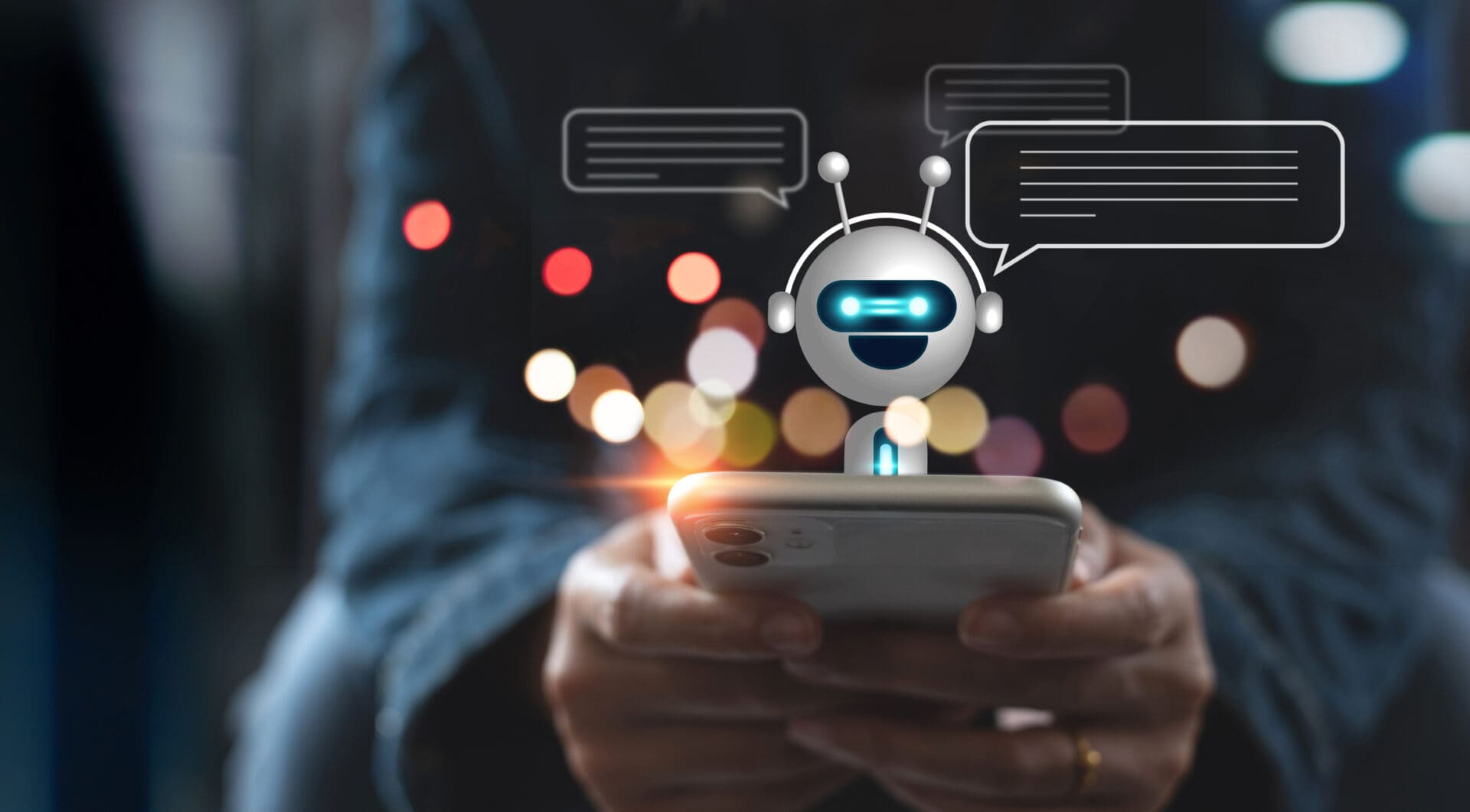DIGITAL LIFE

An emerging form of surveillance, wireless tapping, explores the possibility of remotely deciphering conversations from the tiny vibrations produced by a cell phone's earpiece. With the goal of protecting users' privacy from potential bad actors, a team of computer science researchers at Penn State demonstrated that transcriptions of phone calls can be generated from radar measurements taken up to 3 meters, or about 10 feet, from a phone. While accuracy remains limited—around 60% for a vocabulary of up to 10,000—the findings raise important questions about future privacy risks.
They published their research in Proceedings of WiSec 2025: 18th ACM Conference on Security and Privacy in Wireless and Mobile Networks. The work builds upon a 2022 project in which the team used a radar sensor and voice recognition software to wirelessly identify 10 predefined words, letters and numbers with up to 83% accuracy.
"When we talk on a cell phone, we tend to ignore the vibrations that come through the earpiece and cause the whole phone to vibrate," said first author Suryoday Basak, doctoral candidate in computer science. "If we capture these same vibrations using remote radars and bring in machine learning to help us learn what is being said, using context clues, we can determine whole conversations. By understanding what is possible, we can help the public be aware of the potential risks."
Basak and his advisor, Mahanth Gowda, associate professor of computer science and engineering, who co-authored the paper, used a millimeter-wave radar sensor—the same type of technology used in self-driving cars, motion detectors and 5G wireless networks—to explore the potential for compact, radar-based devices that could be miniaturized to fit inside everyday objects like pens.
Their experimental setup is only for research purposes, the researchers said, developed in anticipation of what bad actors could potentially create. They then adapted Whisper, an open-source, large-scale speech recognition model powered by artificial intelligence (AI), to decode the vibrations into recognizable speech transcriptions.
"Over the last three years, there's been a huge explosion in AI capabilities and open-source speech recognition models," Basak said. "We can use these models, but they are catered more toward clean speech or everyday use cases, so we have to adapt them to recognize low quality, 'noisy' radar data."
To go from noisy data to recognizable speech without retraining the whole network, the researchers used a model adaptation method called low-rank adaptation, which let them specialize the model to radar data by retraining just 1% of Whisper's model parameters.
To record the vibrations, the researchers used a millimeter-wave radar sensor positioned a few feet away from the phone to capture subtle surface vibrations while speech played back through the earpiece. To analyze the data, they fed this radar-derived signal into their customized version of the Whisper speech recognition model, which resulted in up to 60% accuracy.
The transcription accuracy could be further improved, researchers said, by incorporating context-based manual corrections, such as adjusting certain words or phrases, when prior knowledge of the conversation is available.
"The result was transcriptions of conversations, with an expectation of some errors, which was a marked improvement from our 2022 version, which outputs only a few words," Gowda said. "But even picking up partial matches for speech, such as keywords, are useful in a security context."
The researchers compared their model's capabilities to reading lips: While lip-reading provides only about 30% to 40% of spoken words, many individuals who lip-read use context clues to decipher enough to participate in a conversation.
"Similar to how lip readers can use limited information to interpret conversations, the output of our model combined with contextual information can allow us to infer parts of a phone conversation from a few meters away," Basak said.
"The goal of our work was to explore whether these tools could potentially be used by bad actors to eavesdrop on phone conversations from a distance. Our findings suggest that this is technically feasible under certain conditions, and we hope this raises public awareness so people can be more mindful during sensitive calls."
Provided by Pennsylvania State University
-----------------------------------------------------------------------------------------------------------------------------
Samsung Galaxy S25 5G---https://amzn.to/3J8pPgF
Samsung Galaxy Z Flip7 FE---https://amzn.to/45b0xqL
Apple iPhone 16---https://amzn.to/4oAl4Ne
Motorola Edge 60 PRO 5G-512GB 24GB---https://amzn.to/4fHhrRp
mundophone

No comments:
Post a Comment